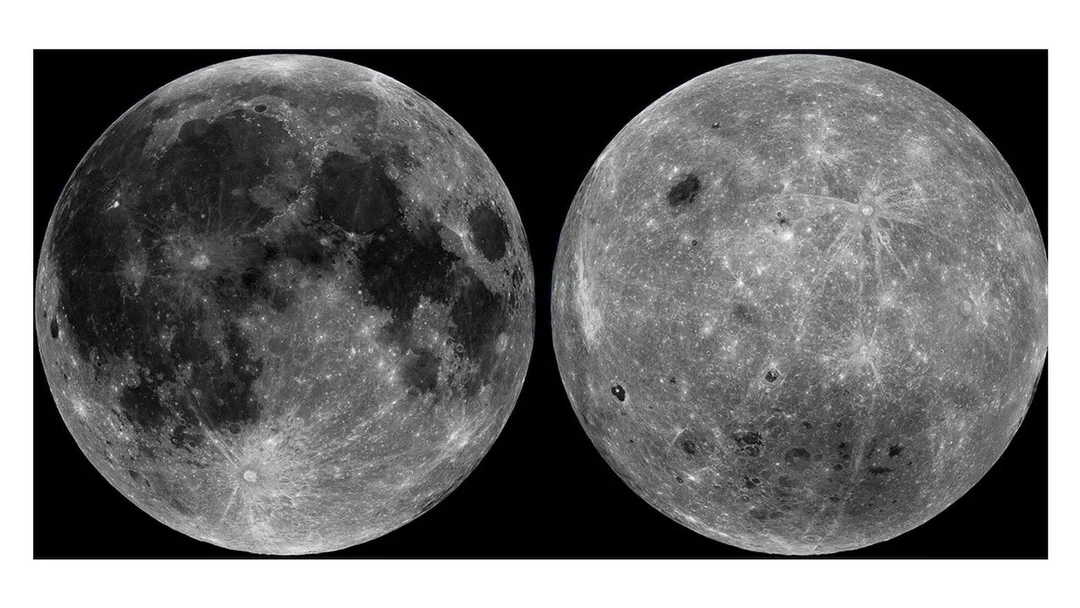
NASA’s GRAIL Mission Uncovers the Moon’s Uneven Interior: Volcanic Activity Linked to Hemispheric Differences
For decades, scientists have puzzled over the stark contrast between the moon's near side, familiar to us with its dark, lava-filled plains, and the rugged, heavily cratered far side. Now, a groundbreaking study using data from NASA's GRAIL mission (Gravity Recovery and Interior Laboratory) has revealed key differences beneath the lunar surface, potentially explaining this long-standing mystery. This discovery not only enhances our understanding of the Moon but also provides valuable insights into the formation and evolution of other planetary bodies.

The research, led by Ryan Park at NASA's Jet Propulsion Laboratory, focused on analyzing subtle variations in the Moon's gravity during its orbit around Earth. These fluctuations cause the Moon to flex slightly, a phenomenon known as tidal deformation. By meticulously mapping these deformations using data from the GRAIL mission's Ebb and Flow spacecraft, scientists were able to create the most detailed lunar gravitational map to date.
"We found that the moon's near side is flexing more than the far side, meaning there's something fundamentally different about the internal structure of the moon's near side compared to its far side," said Ryan Park. This surprising result initially led to skepticism within the team, prompting them to rigorously verify their findings through countless recalculations.
The key difference lies in the temperature and composition of the lunar mantle, the layer beneath the crust. The study suggests that the near side's mantle is significantly warmer, possibly by as much as 180-360 degrees Fahrenheit (100-200 degrees Celsius). This thermal difference is thought to be caused by a concentration of radioactive, heat-generating elements like thorium and titanium on the near side, remnants of intense volcanic activity that occurred billions of years ago. This volcanism is believed to be responsible for the vast plains, or *mare*, that dominate the near side landscape.
This asymmetry in the Moon's interior has far-reaching implications. It suggests that the processes that shaped the lunar surface are still active, albeit on a much smaller scale. Furthermore, the enhanced gravity map created by the researchers is invaluable for future lunar missions, providing a more precise reference frame for navigation and positioning. Understanding the moon's gravity field is critical for developing lunar Positioning, Navigation and Timing (PNT) systems, essential for safe and reliable operations on the lunar surface.
The techniques developed in this study are not limited to the Moon. The research team has already successfully applied similar methods to study the interiors of other planetary bodies, including the asteroid Vesta and Jupiter's moon Io. By analyzing gravity data, scientists can glean crucial information about a planet's internal structure without ever landing on its surface. "There are many opportunities in the future to apply our technique for studying the interiors of intriguing planetary bodies throughout the solar system," Park explained.
The discovery of the Moon's asymmetrical interior provides compelling evidence for the role of volcanism in shaping the lunar landscape. This increased understanding of our closest celestial neighbor not only satisfies our curiosity about the universe but also strengthens our ability to explore and utilize resources for future generations. What other secrets does the Moon hold, and how will further exploration refine our understanding of planetary evolution? Share your thoughts in the comments below!